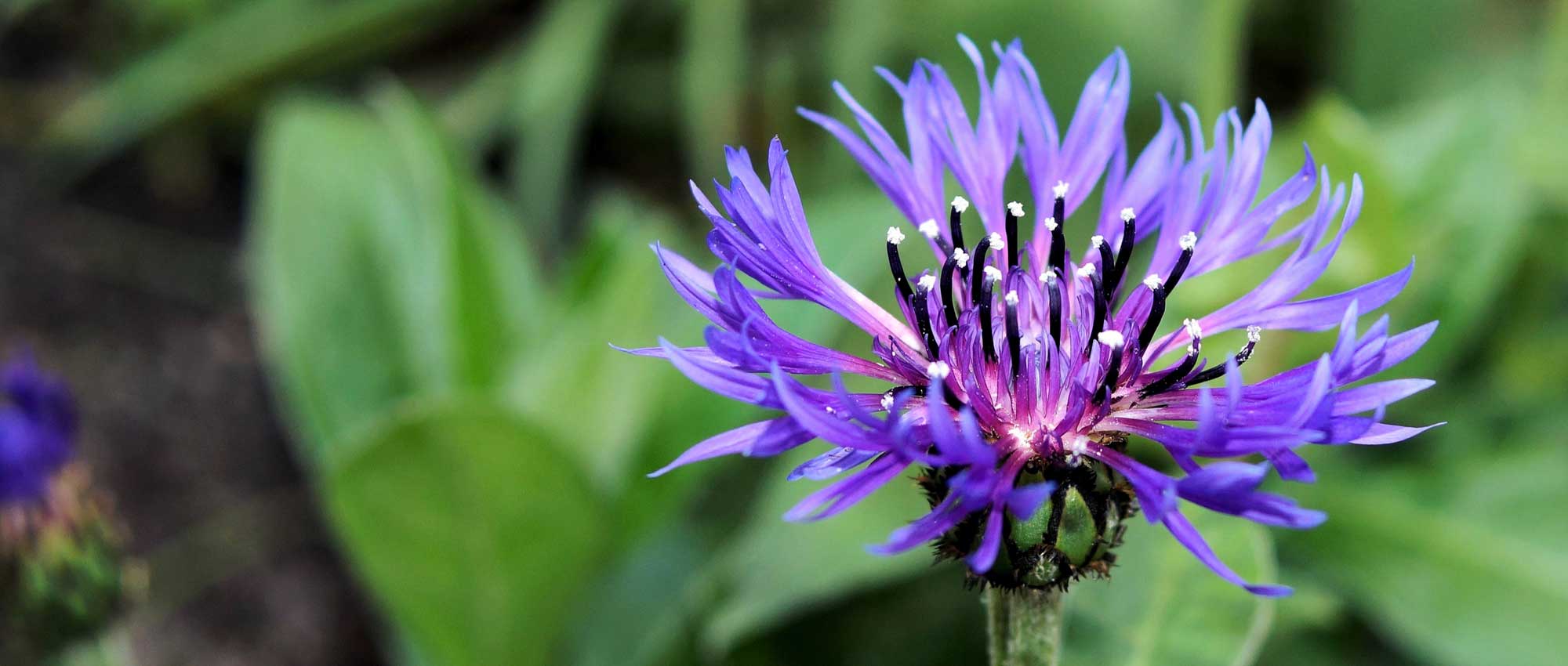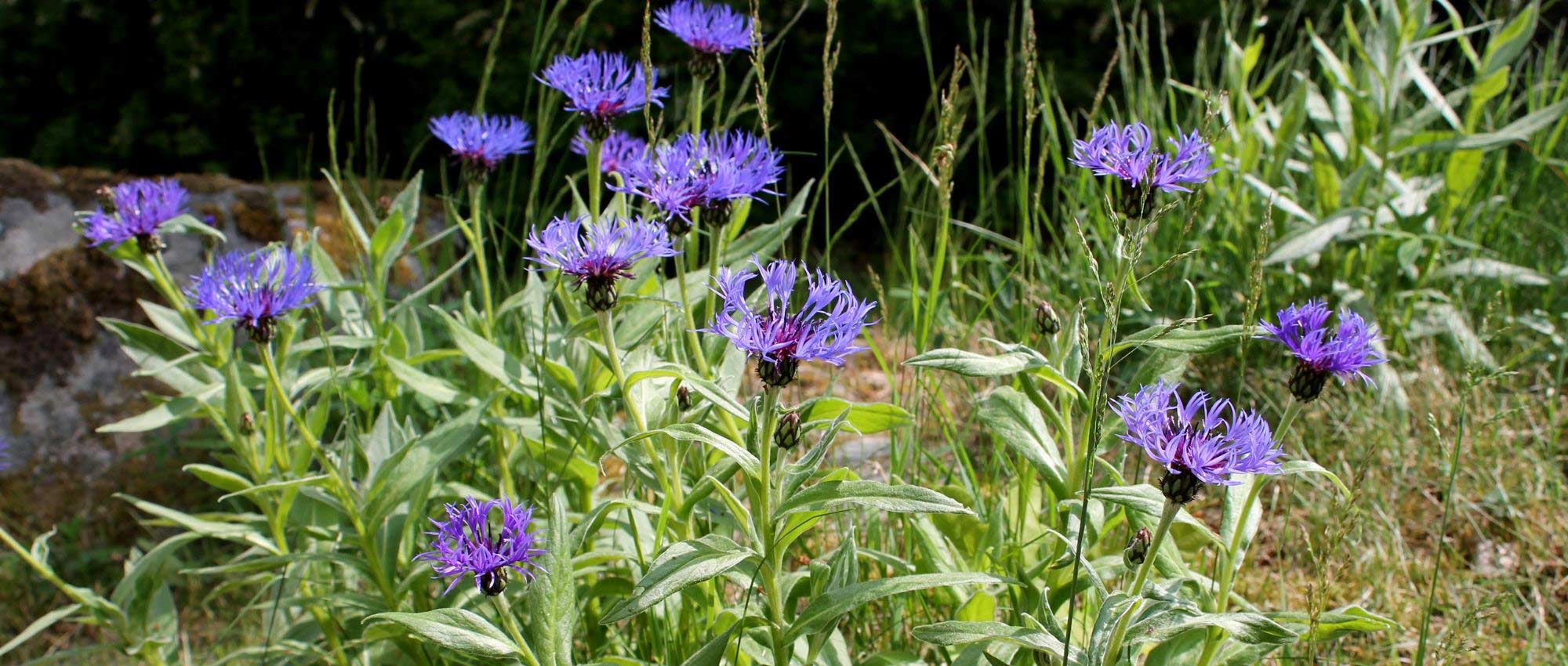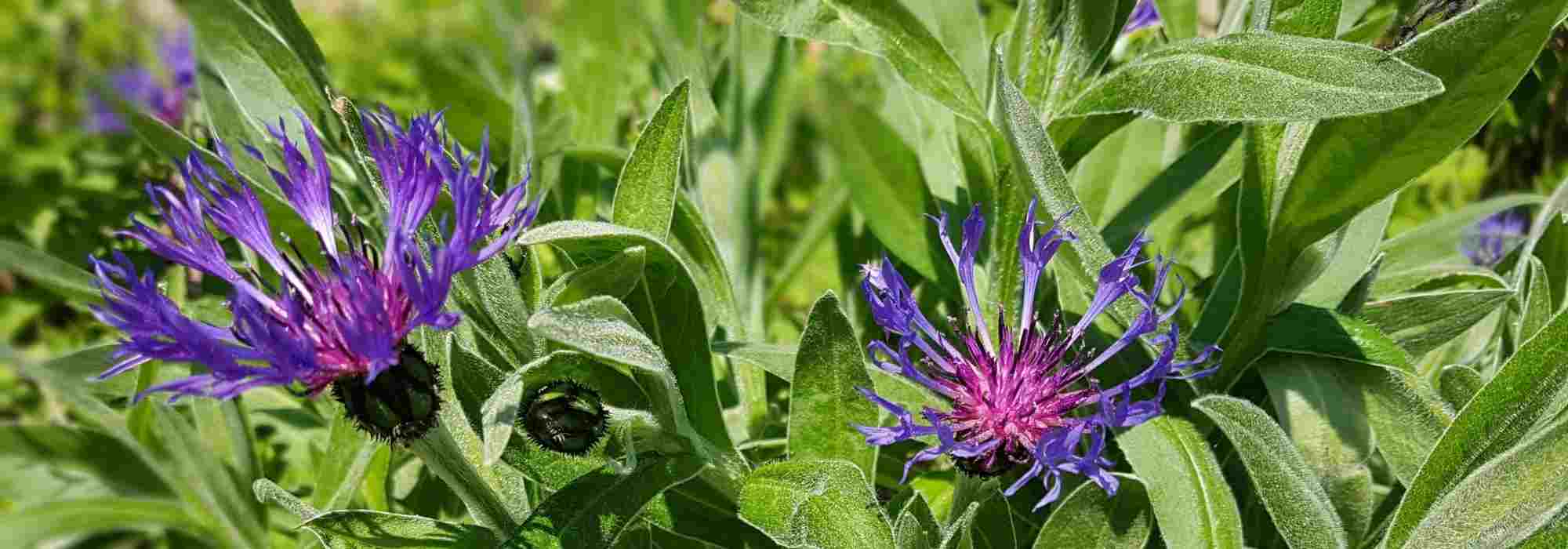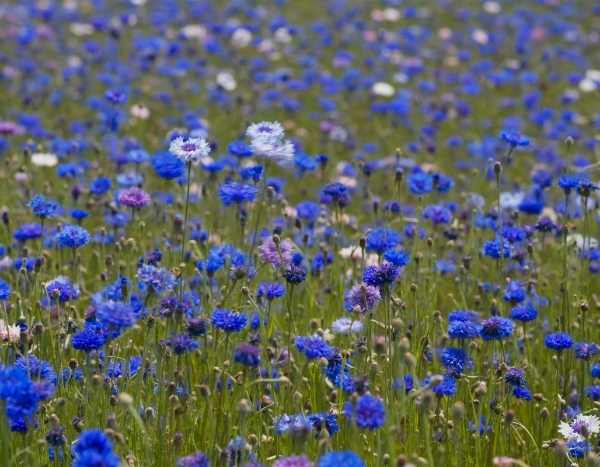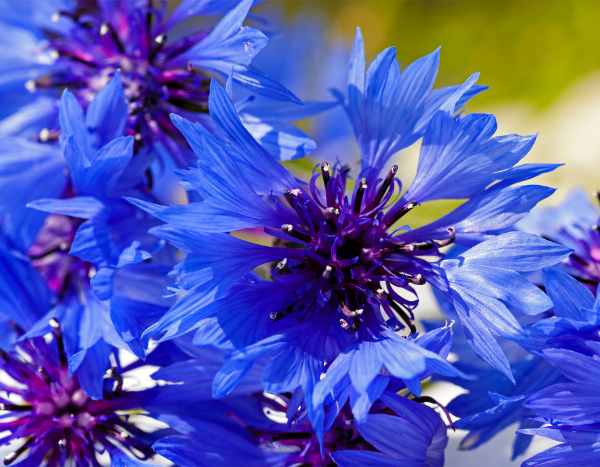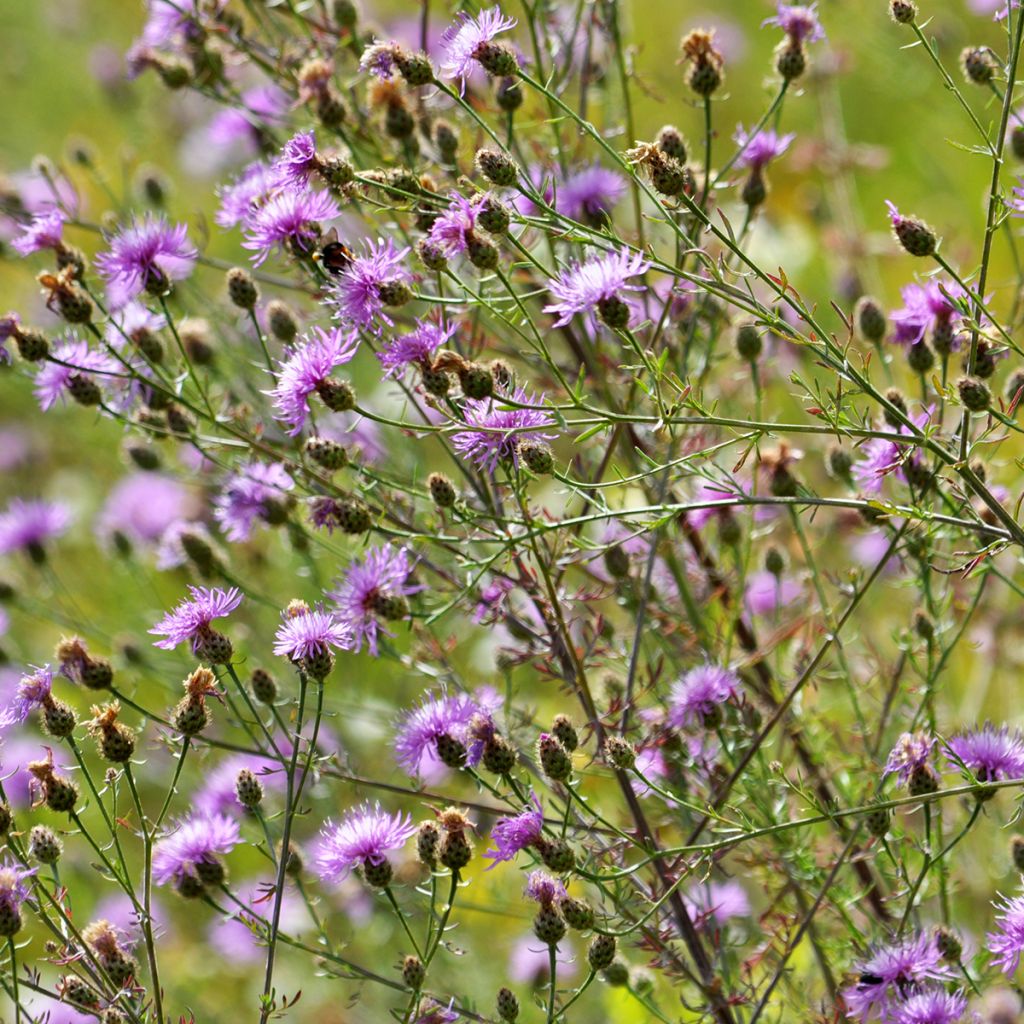

Centaurea jacea
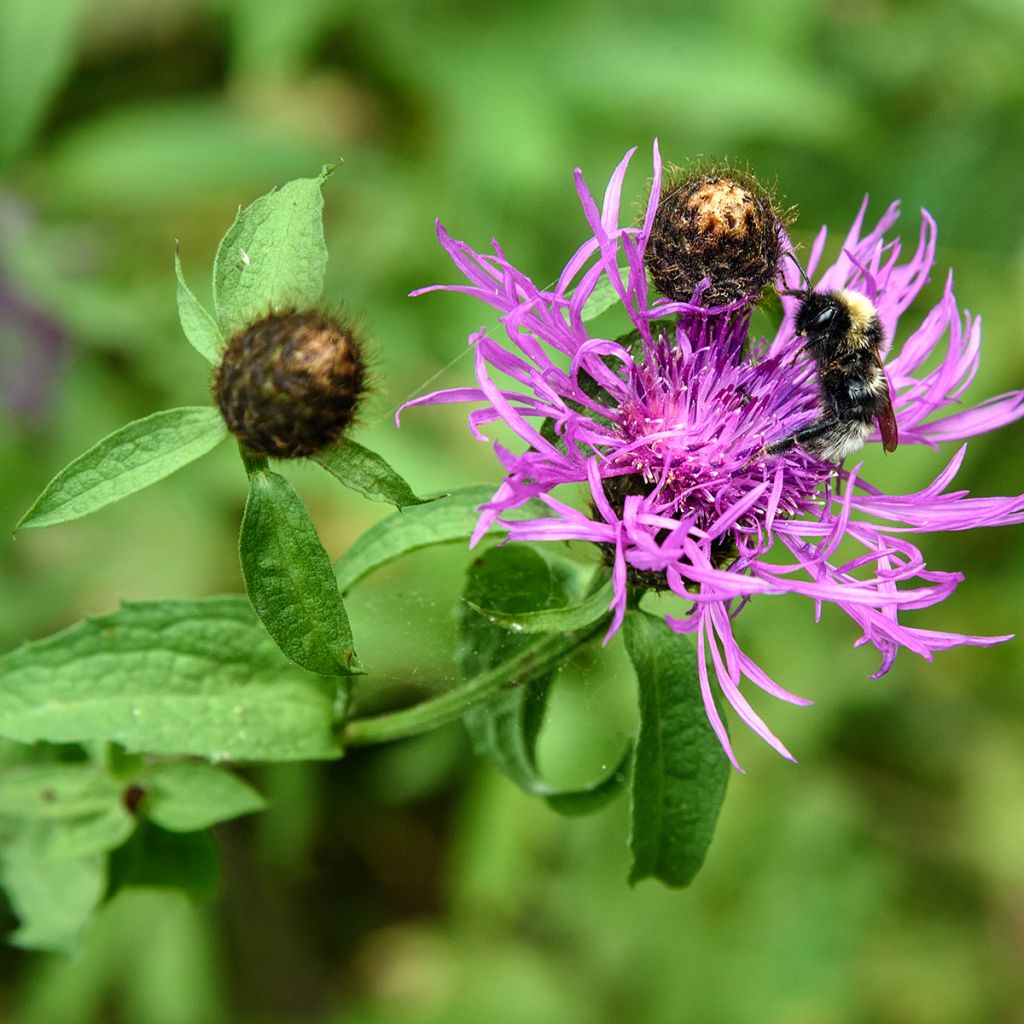

Centaurea jacea
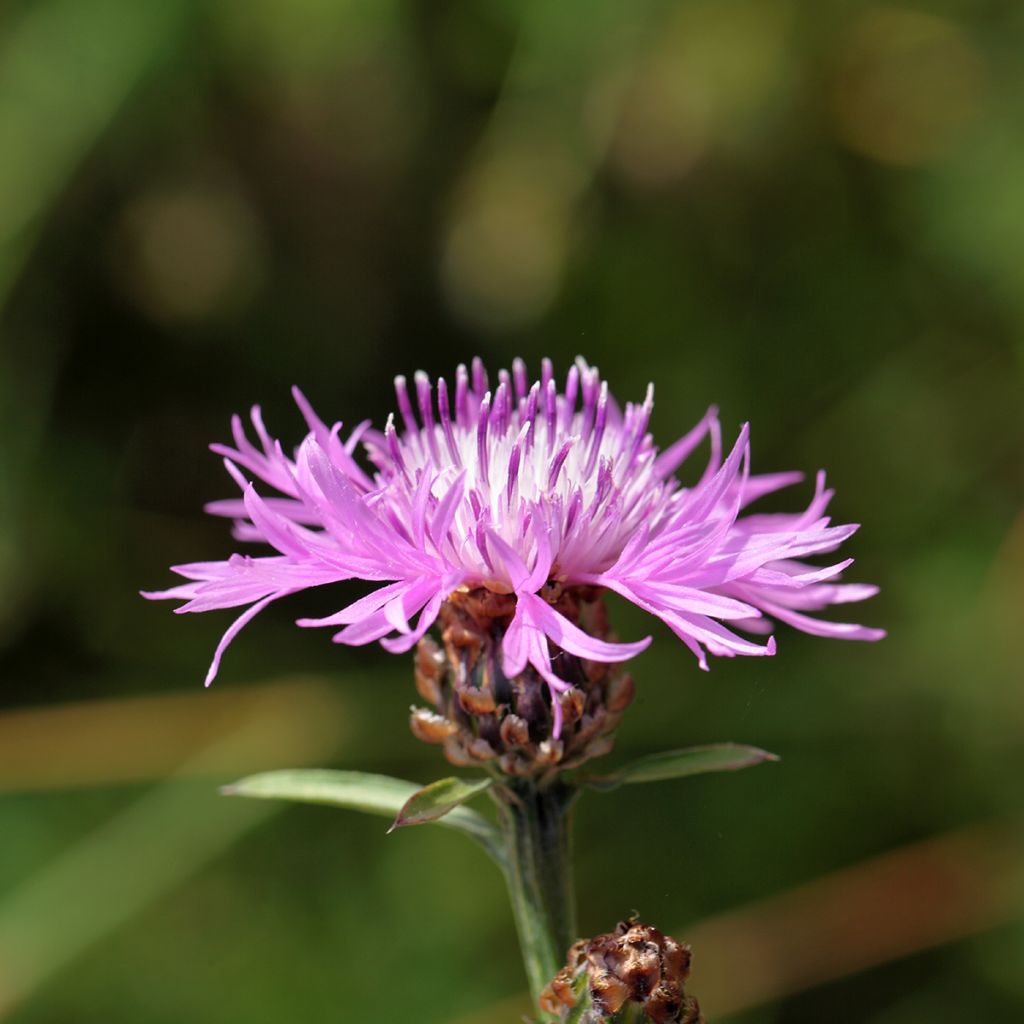

Centaurea jacea
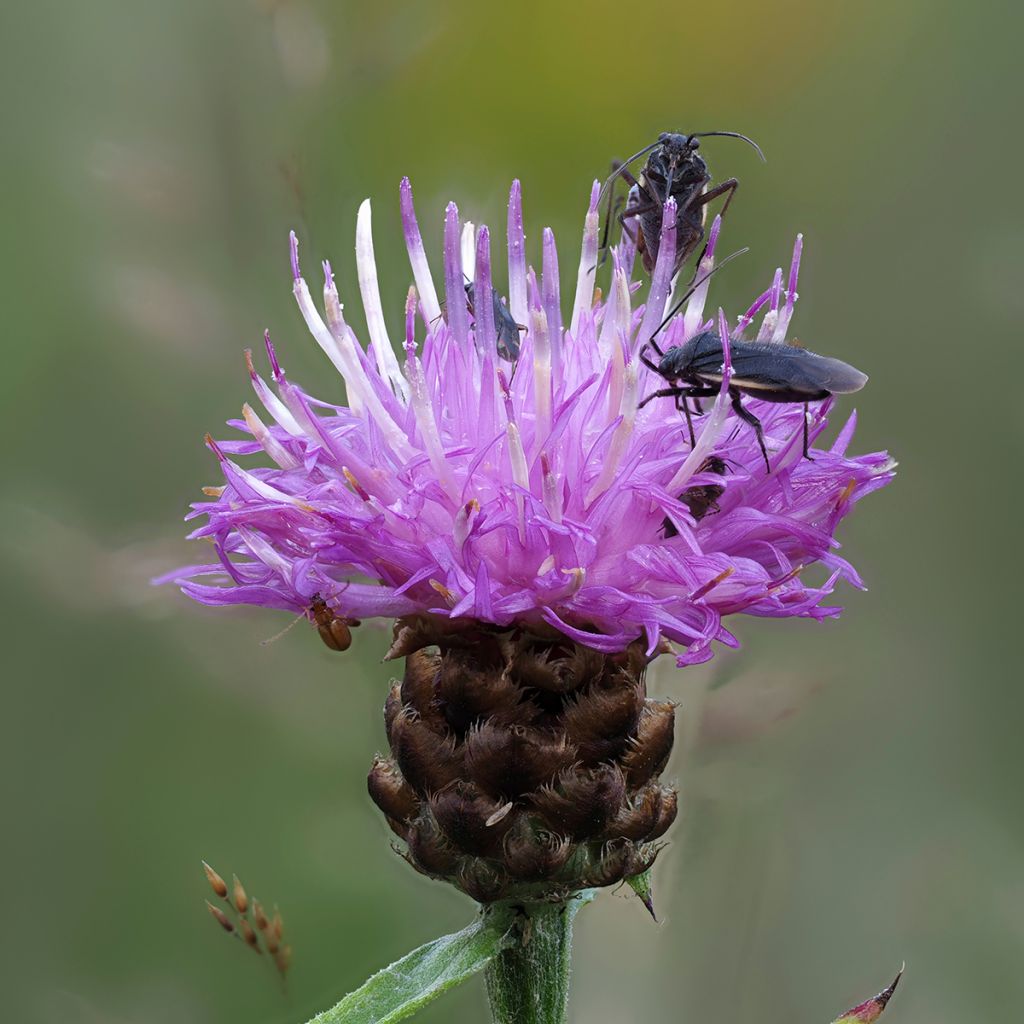

Centaurea jacea
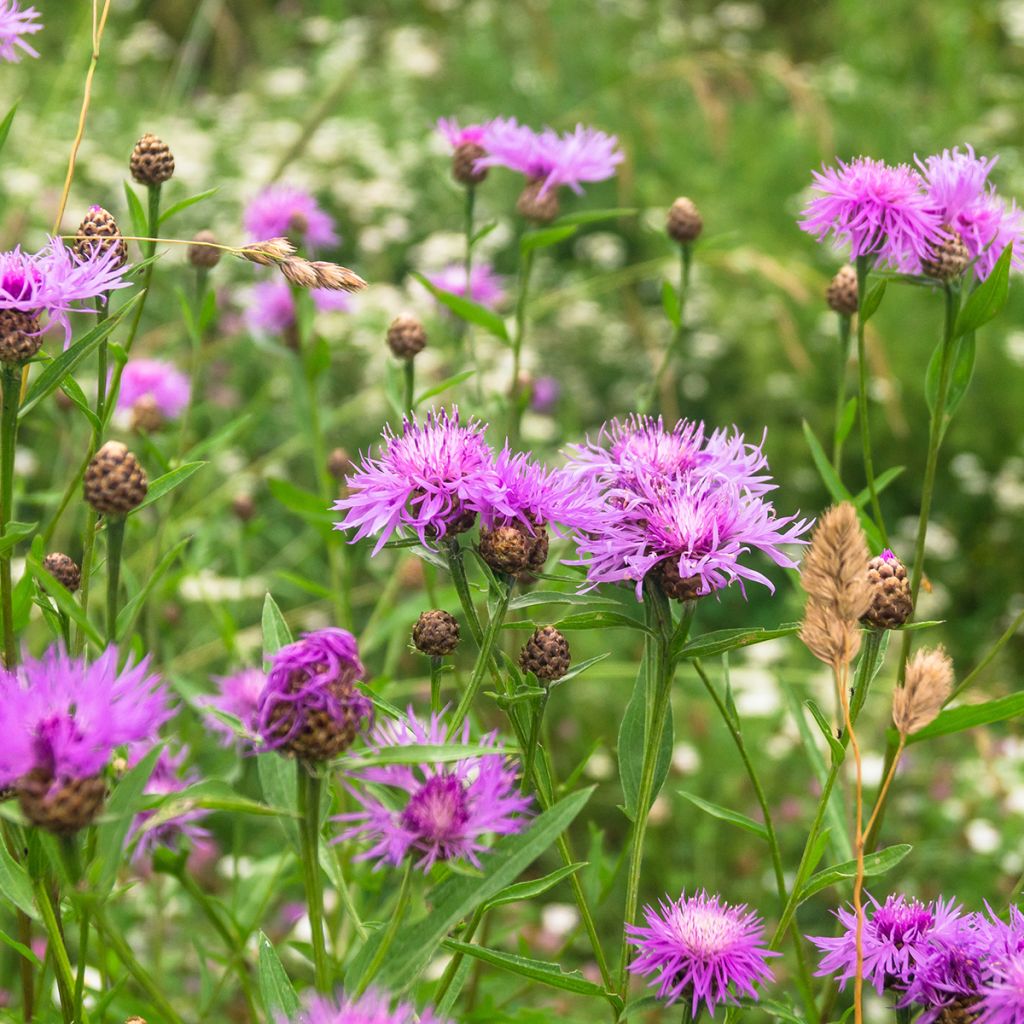

Centaurea jacea
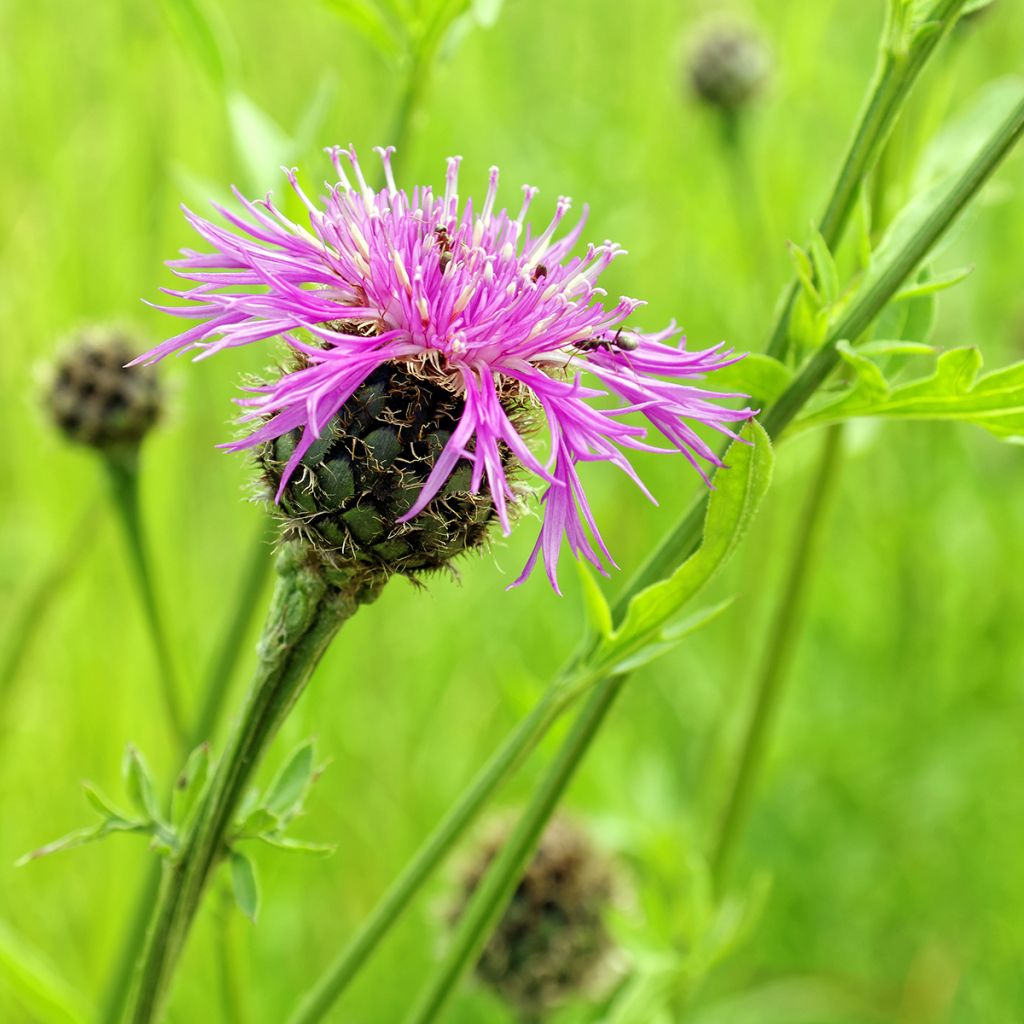

Centaurea jacea
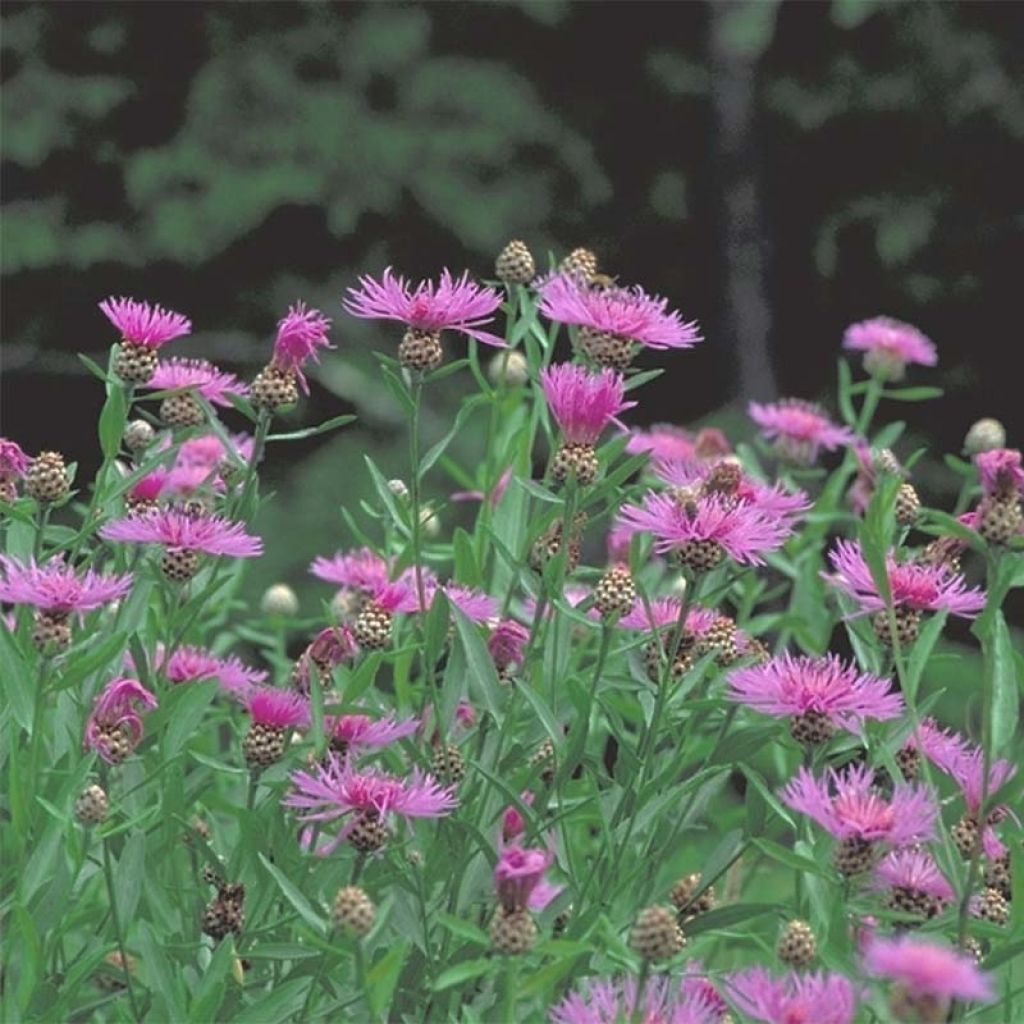

Centaurea jacea
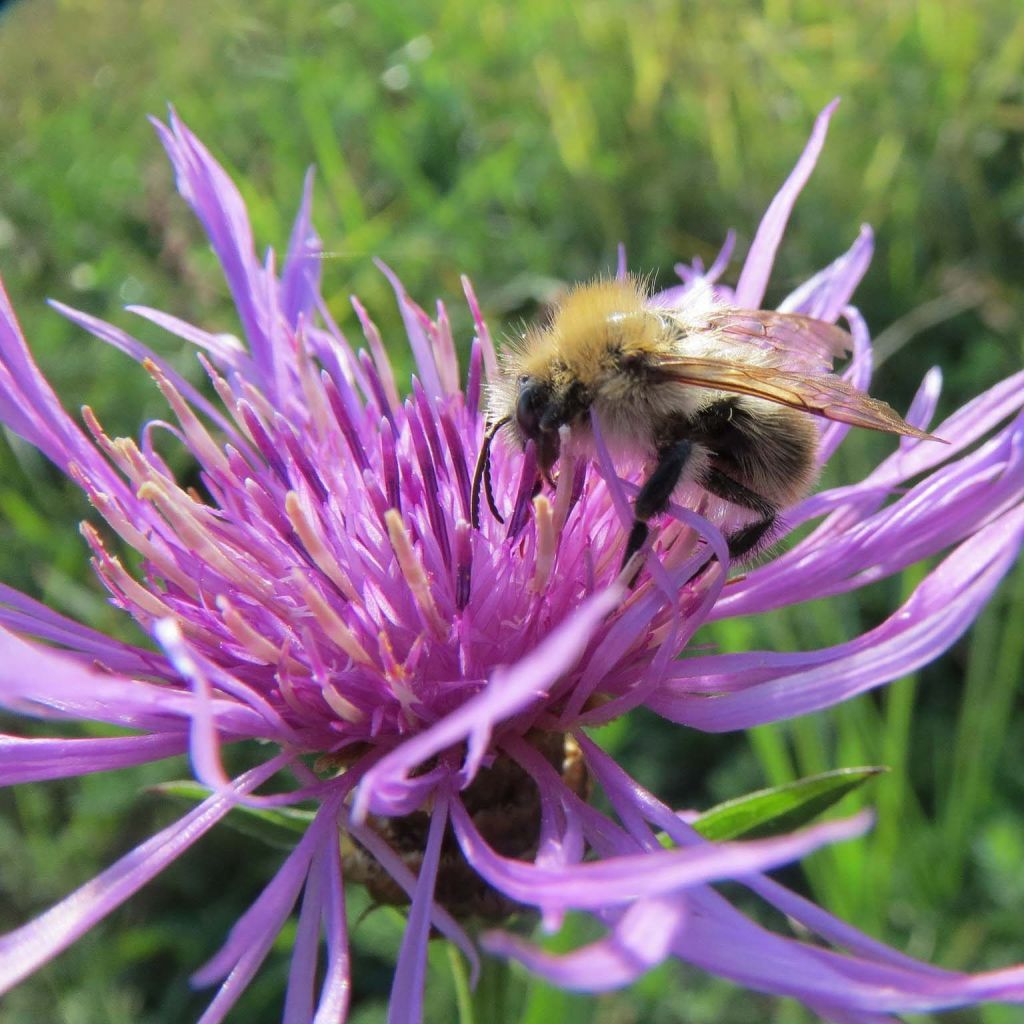

Centaurea jacea
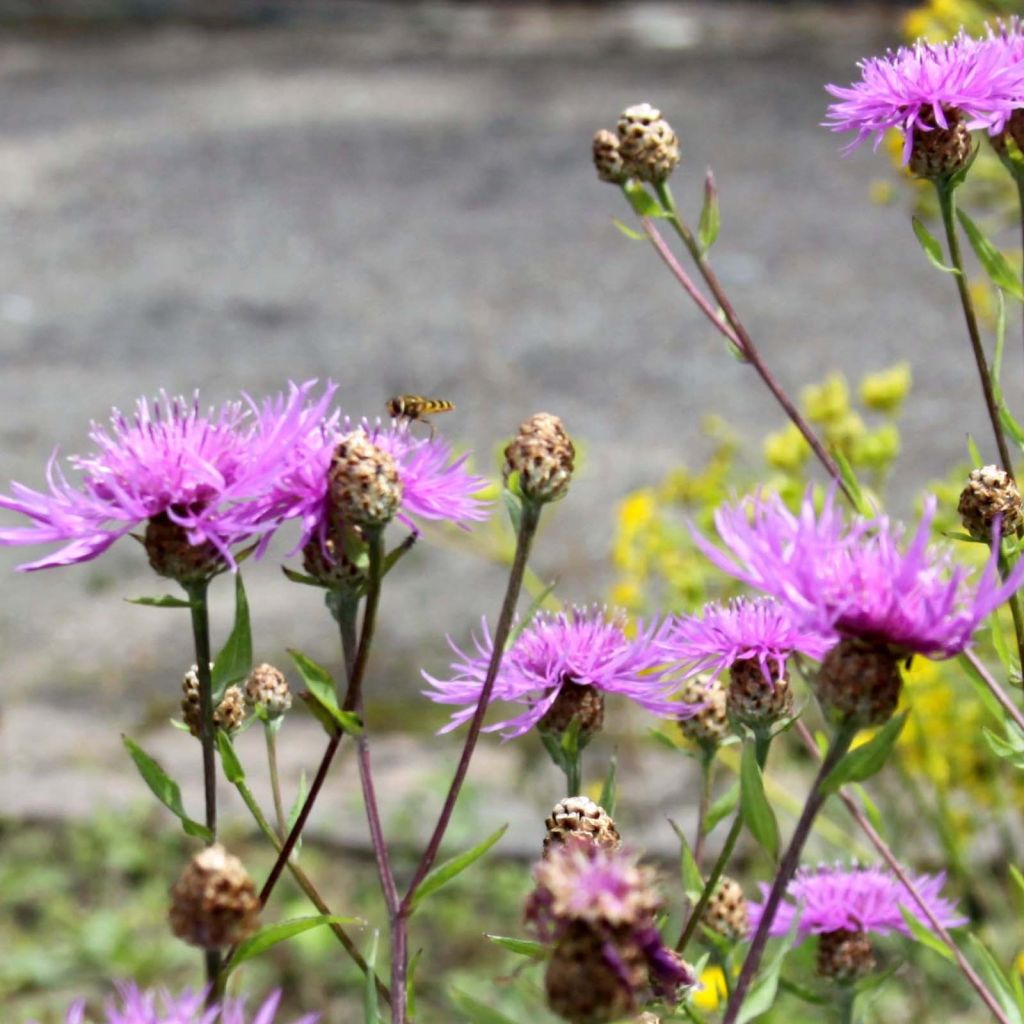

Centaurea jacea
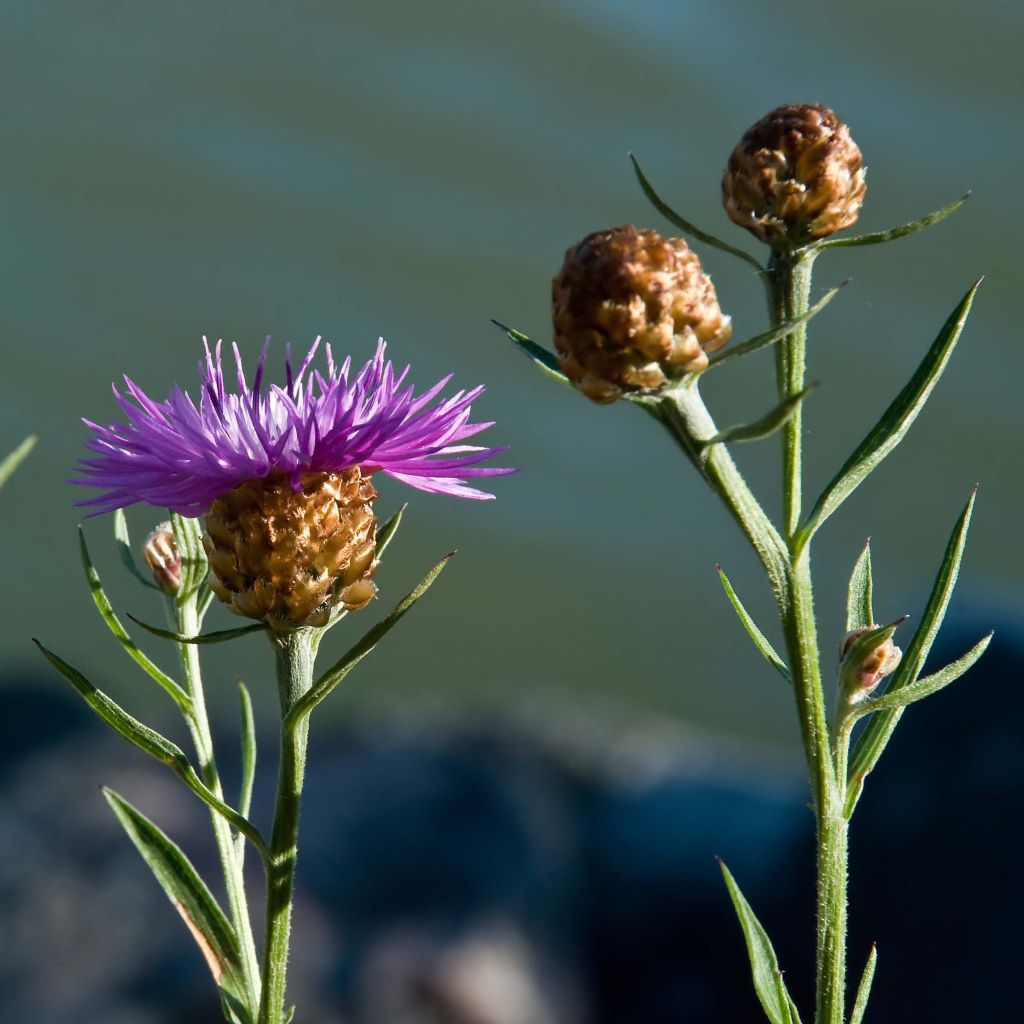

Centaurea jacea
Centaurea jacea
Centaurea jacea
Brown knapweed, Rayed knapweed
Received in very good condition, I planted them in the ground, the shoots are growing, growing!!
Jean Claude D., 24/03/2020
Special offer!
Receive a €20 voucher for any order over €90 (excluding delivery costs, credit notes, and plastic-free options)!
1- Add your favorite plants to your cart.
2- Once you have reached €90, confirm your order (you can even choose the delivery date!).
3- As soon as your order is shipped, you will receive an email containing your voucher code, valid for 3 months (90 days).
Your voucher is unique and can only be used once, for any order with a minimum value of €20, excluding delivery costs.
Can be combined with other current offers, non-divisible and non-refundable.
Home or relay delivery (depending on size and destination)
Schedule delivery date,
and select date in basket
This plant carries a 12 months recovery warranty
More information
We guarantee the quality of our plants for a full growing cycle, and will replace at our expense any plant that fails to recover under normal climatic and planting conditions.

Does this plant fit my garden?
Set up your Plantfit profile →
Description
Centaurea jacea, also known as brown knapweed, is a wild plant that blooms in meadows, thickets, and even in mid-mountain meadows. As its other name pink cornflower suggests, it is a close relative of the mountain cornflower. Like the latter, it bears flowers in heads, but its flowers are pinkish-purple. It is a very hardy perennial with a generous nectar-producing flowering. It is ideal in borders and beds that make room for nature. It is easily grown in ordinary, well-drained but rather moist soil.
Native to Europe and Siberia, Centaurea jacea is a perennial herbaceous plant of the Asteraceae family. It reaches a height of about 60cm (24in) when in bloom. It develops into a somewhat loose erect tuft, with rough stems and leaves. The leaves come in two types. Those located at the base of the stems are larger, attached to the stem by a petiole and often divided. Those that grow along the stems are smaller, without petioles and entire. Their colour is a greyish-blueish-green. This aerial vegetation is deciduous. Flowering usually begins in June, and continues more sporadically in summer. If the plant is pruned after this first wave of flowering, it will re-flower from September to October. At the branched ends of the stems, inflorescences in pink heads resembling cornflowers appear, about 3cm (1in) wide on average. Each head is composed of tiny tubular flowers assembled on a central disk, surrounded by a collar of longer and fringed tubular flowers. Beneath this head, a decorative involucre of grey-brown bracts is visible when the flower is in bud. The nectar-bearing and honey-bearing flowering attracts many pollinating insects. This perennial spontaneously self-seeds in light soil.
Of medium stature, Centaurea jacea is particularly well adapted to perennial borders. Delicate and light, this perennial forms pastel-coloured patches that will blend well with catmints, low grasses, globe thistles, ixias (corn lilies), and godetias in a mixed border. In a "wildflower meadow" setting, centauries, grasses, sainfoin, phacelia, borage, agrimony, corn marigold, California poppy, cosmos, and Damask nigella can mix together.
The name Centaurea comes from the centaur Chiron, who used the flowers of this plant to heal a gaping wound caused by an arrow dipped in the Hydra's blood. This plant now bears his name as the genus name.
Centaurea jacea in pictures
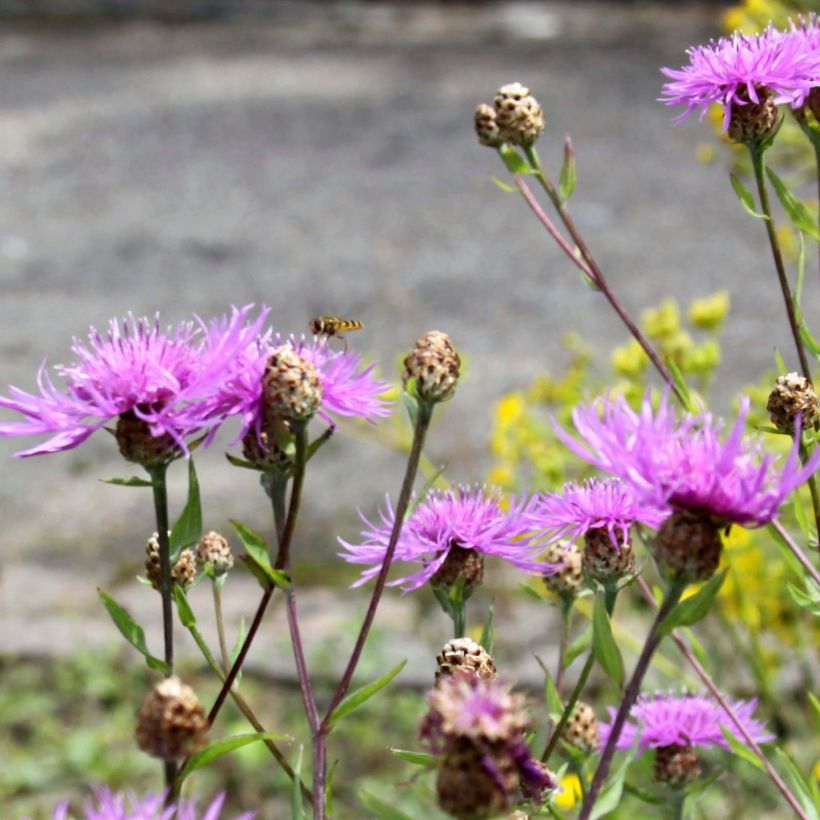

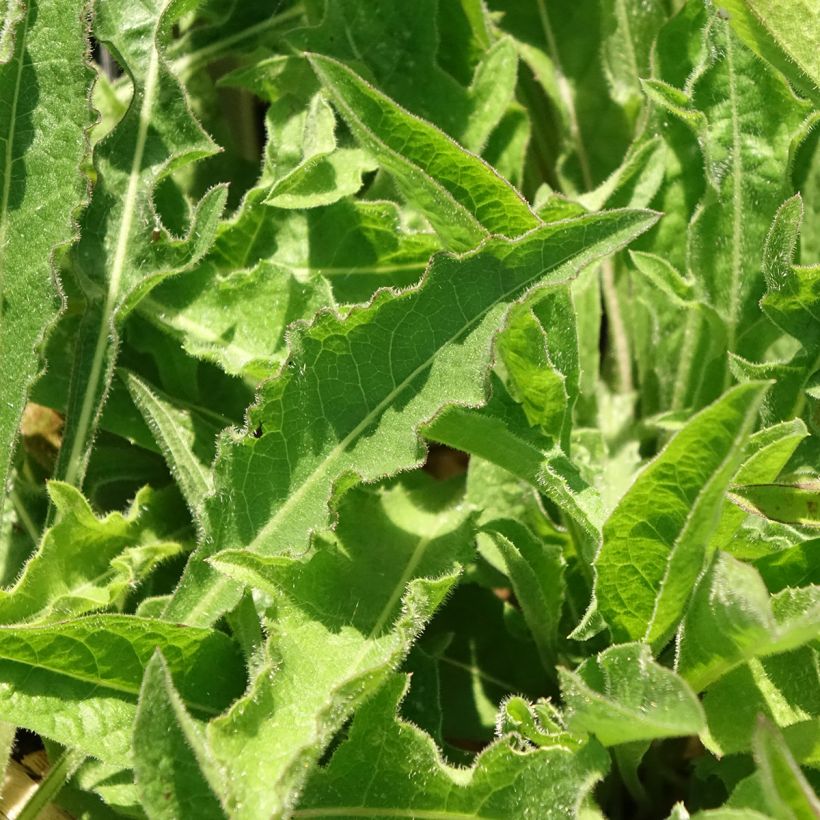

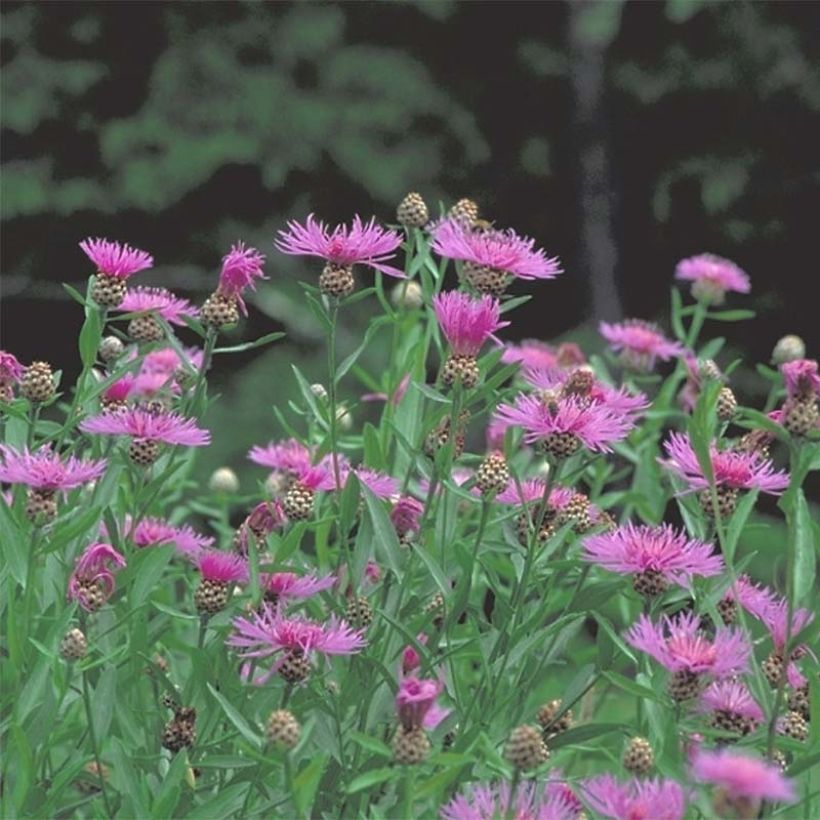

Flowering
Foliage
Plant habit
Botanical data
Centaurea
jacea
Asteraceae
Brown knapweed, Rayed knapweed
Western Europe
Planting and care
Plant in spring or autumn in moist but well-drained ordinary soil. It will tolerate limestone. It thrives in full sun. This young plant tolerates heavy frosts very well. Removing faded inflorescences and pruning the plant after the first wave of flowering will encourage the renewal of flowers in late summer. This native species has few enemies and it self-seeds quite easily in light soils.
Planting period
Intended location
Care
Planting & care advice
-
, onOrder confirmed
Reply from on Promesse de fleurs
Haven't found what you were looking for?
Hardiness is the lowest winter temperature a plant can endure without suffering serious damage or even dying. However, hardiness is affected by location (a sheltered area, such as a patio), protection (winter cover) and soil type (hardiness is improved by well-drained soil).

Photo Sharing Terms & Conditions
In order to encourage gardeners to interact and share their experiences, Promesse de fleurs offers various media enabling content to be uploaded onto its Site - in particular via the ‘Photo sharing’ module.
The User agrees to refrain from:
- Posting any content that is illegal, prejudicial, insulting, racist, inciteful to hatred, revisionist, contrary to public decency, that infringes on privacy or on the privacy rights of third parties, in particular the publicity rights of persons and goods, intellectual property rights, or the right to privacy.
- Submitting content on behalf of a third party;
- Impersonate the identity of a third party and/or publish any personal information about a third party;
In general, the User undertakes to refrain from any unethical behaviour.
All Content (in particular text, comments, files, images, photos, videos, creative works, etc.), which may be subject to property or intellectual property rights, image or other private rights, shall remain the property of the User, subject to the limited rights granted by the terms of the licence granted by Promesse de fleurs as stated below. Users are at liberty to publish or not to publish such Content on the Site, notably via the ‘Photo Sharing’ facility, and accept that this Content shall be made public and freely accessible, notably on the Internet.
Users further acknowledge, undertake to have ,and guarantee that they hold all necessary rights and permissions to publish such material on the Site, in particular with regard to the legislation in force pertaining to any privacy, property, intellectual property, image, or contractual rights, or rights of any other nature. By publishing such Content on the Site, Users acknowledge accepting full liability as publishers of the Content within the meaning of the law, and grant Promesse de fleurs, free of charge, an inclusive, worldwide licence for the said Content for the entire duration of its publication, including all reproduction, representation, up/downloading, displaying, performing, transmission, and storage rights.
Users also grant permission for their name to be linked to the Content and accept that this link may not always be made available.
By engaging in posting material, Users consent to their Content becoming automatically accessible on the Internet, in particular on other sites and/or blogs and/or web pages of the Promesse de fleurs site, including in particular social pages and the Promesse de fleurs catalogue.
Users may secure the removal of entrusted content free of charge by issuing a simple request via our contact form.
The flowering period indicated on our website applies to countries and regions located in USDA zone 8 (France, the United Kingdom, Ireland, the Netherlands, etc.)
It will vary according to where you live:
- In zones 9 to 10 (Italy, Spain, Greece, etc.), flowering will occur about 2 to 4 weeks earlier.
- In zones 6 to 7 (Germany, Poland, Slovenia, and lower mountainous regions), flowering will be delayed by 2 to 3 weeks.
- In zone 5 (Central Europe, Scandinavia), blooming will be delayed by 3 to 5 weeks.
In temperate climates, pruning of spring-flowering shrubs (forsythia, spireas, etc.) should be done just after flowering.
Pruning of summer-flowering shrubs (Indian Lilac, Perovskia, etc.) can be done in winter or spring.
In cold regions as well as with frost-sensitive plants, avoid pruning too early when severe frosts may still occur.
The planting period indicated on our website applies to countries and regions located in USDA zone 8 (France, United Kingdom, Ireland, Netherlands).
It will vary according to where you live:
- In Mediterranean zones (Marseille, Madrid, Milan, etc.), autumn and winter are the best planting periods.
- In continental zones (Strasbourg, Munich, Vienna, etc.), delay planting by 2 to 3 weeks in spring and bring it forward by 2 to 4 weeks in autumn.
- In mountainous regions (the Alps, Pyrenees, Carpathians, etc.), it is best to plant in late spring (May-June) or late summer (August-September).
The harvesting period indicated on our website applies to countries and regions in USDA zone 8 (France, England, Ireland, the Netherlands).
In colder areas (Scandinavia, Poland, Austria...) fruit and vegetable harvests are likely to be delayed by 3-4 weeks.
In warmer areas (Italy, Spain, Greece, etc.), harvesting will probably take place earlier, depending on weather conditions.
The sowing periods indicated on our website apply to countries and regions within USDA Zone 8 (France, UK, Ireland, Netherlands).
In colder areas (Scandinavia, Poland, Austria...), delay any outdoor sowing by 3-4 weeks, or sow under glass.
In warmer climes (Italy, Spain, Greece, etc.), bring outdoor sowing forward by a few weeks.






























